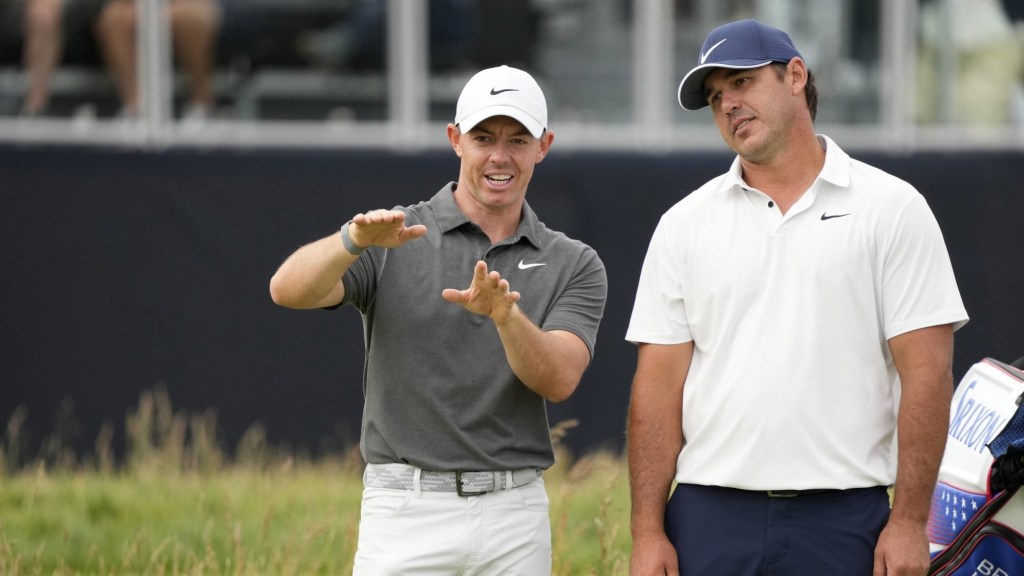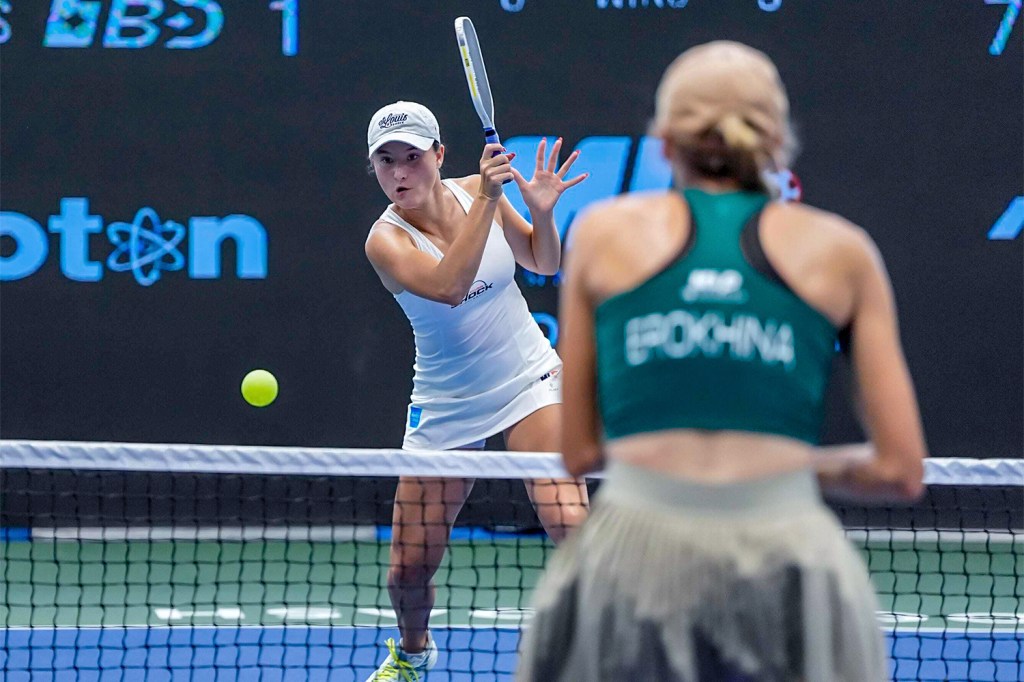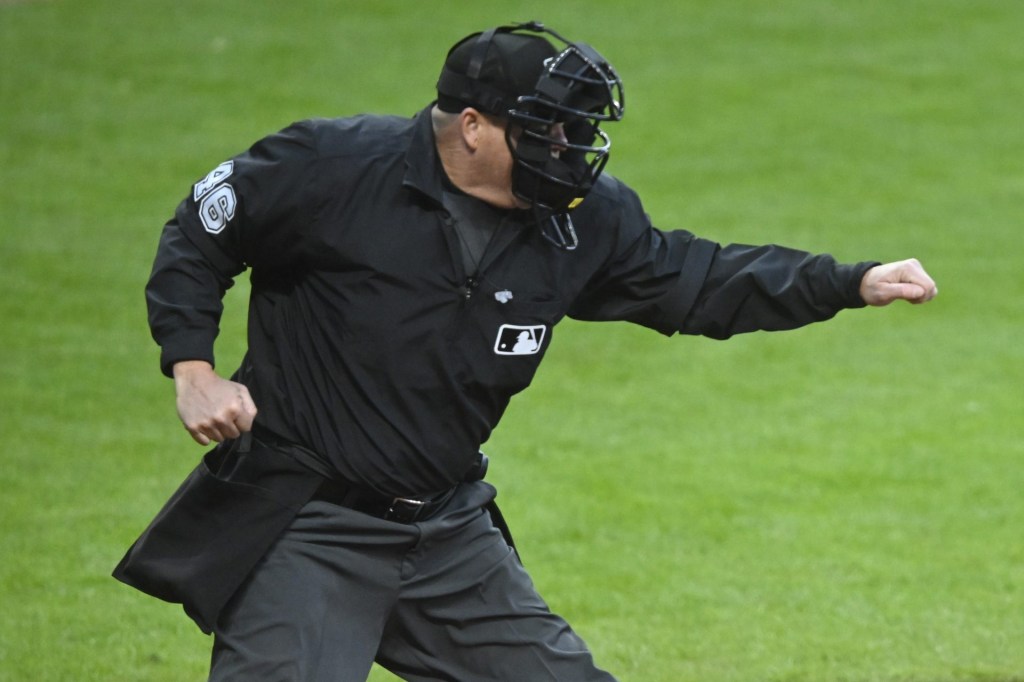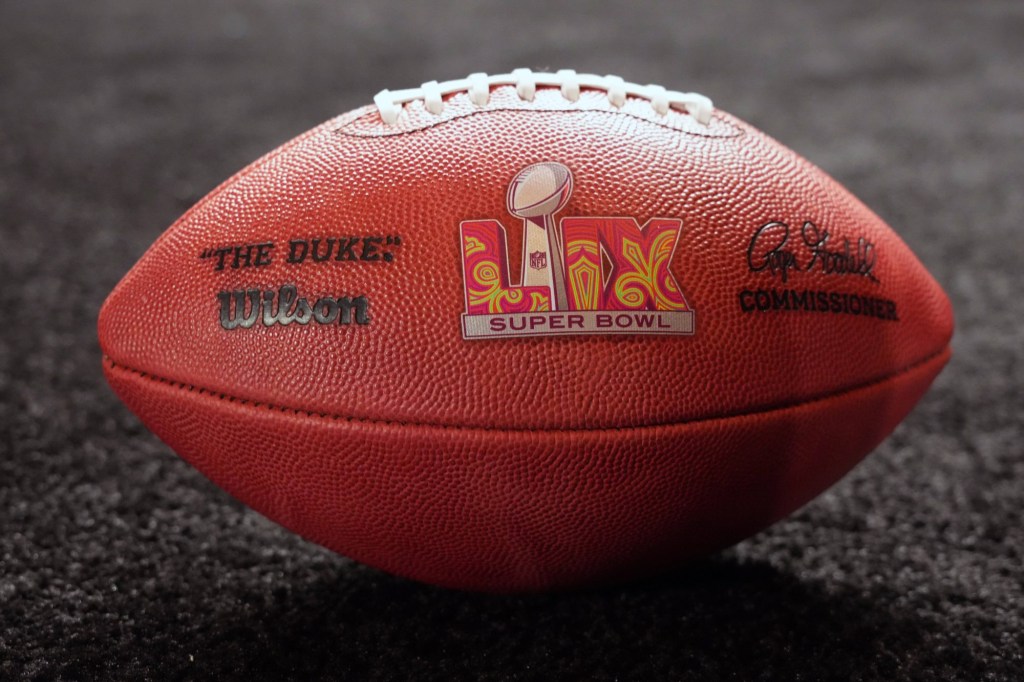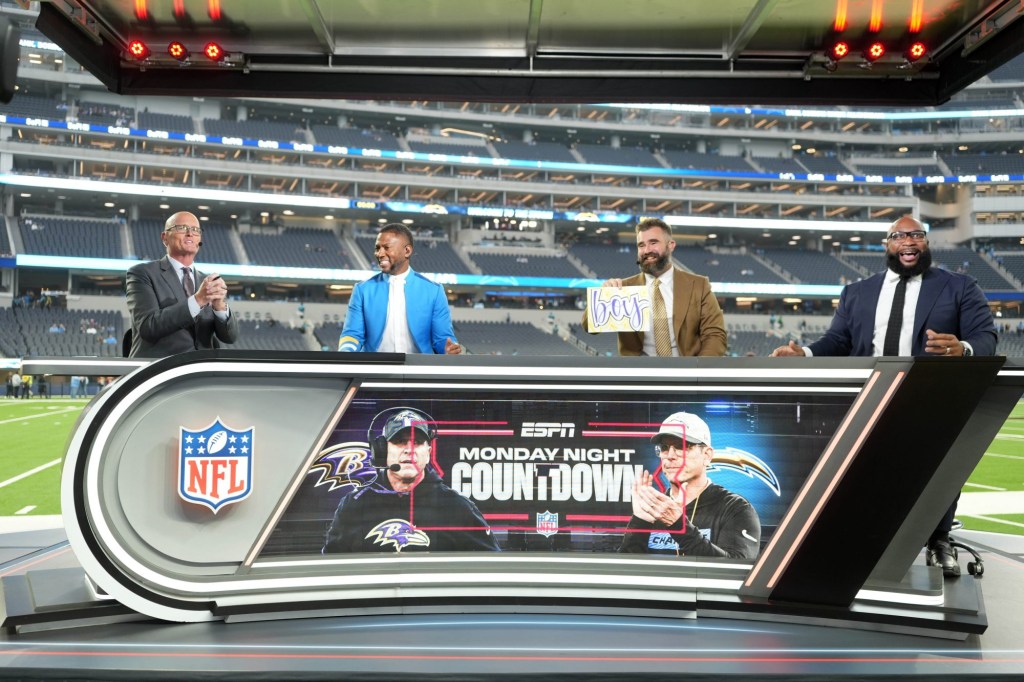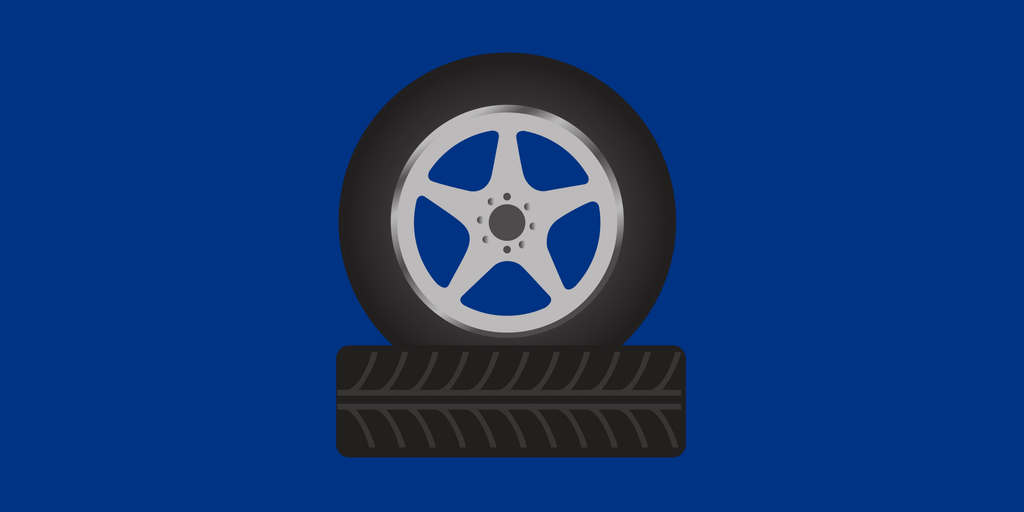
Chances are most of you have heard of Michelin. Whether it’s from seeing its iconic “Michelin Man” on your TV, or driving a car with Michelin tires, the brand has become synonymous with safety and excellence.
The question now is, have you heard of IMSA? For those who haven’t, IMSA — short for the International Motor Sports Association — was started by John Bishop and his wife Peggy in 1969 with help from Bill France, Sr. of NASCAR, and is the premier sanctioning body for sports car competition in North America.
In 2014, IMSA became the sanctioning body of the WeatherTech SportsCar Championship, the top level of sports car racing in North America, which resulted from the merger of Grand-Am Road Racing and the American Le Mans Series presented by Tequila Patrón. The merger was announced in 2012 with the two series operating separate schedules in 2013.
[mc4wp_form id=”8260″]
While it may not be the most visible motorsports series in the U.S., it is one of the fastest growing — with year-over-year increases in television viewers, as well as key digital and social media metrics to go along with an unprecedented number of manufacturers (13 in WeatherTech Championship, 17 in IMSA as a whole).
Thanks to a stable of corporate sponsors that include the likes of WeatherTech, Konica Minolta, and Netjets, IMSA has seen a resurgence after the aforementioned merger. As with any rapid growth, comes the opportunity for new partners to get involved, and that is exactly what Michelin saw when evaluating what the potential deal would look like.
“Although IMSA is small in comparison to other motorsports platforms in North America, it’s growing and its notoriety is expanding,” said Chris Baker, motorsport director for Michelin North America. “The truth is that this is really the only logical choice for us.”
Michelin, which will take over for Continental Tire as the “Official Tire of IMSA” at the end of this racing season, sees not only the opportunity to make technological improvements but finds itself in front of a key consumer demographic.
“Our particular interest in IMSA is that we view the series as a platform that can help us to address a particular group of consumers in which we have a deep interest in,” said Baker. “We call them premium driving pleasure consumers, which is our internal vernacular, but essentially these are folks who treat driving as something other than a way to go from point A to B.”
Considering IMSA’s positioning in North American motorsports, this opportunity for Michelin becomes one in which fans will not only get to see the brand when it comes to activations, but experience how it performs on the track — a key component of engaging the PDP consumers, according to Baker.
“They’re willing to spend a fair chunk of their disposable income on high-value products and they are influenced by the notion of brands participating in a legitimate and credible way in motorsport. IMSA offers most, if not all, the components we’re looking to address to those consumers.”
Having been involved in IMSA in other capacities before, the extended partnership between the two is seen by IMSA President Scott Atherton as a game-changer for the future of a series that is already trending upward.
“The significance of this expanded partnership with Michelin, one of the world’s most recognized premium brands, cannot be overstated,” said Atherton. “IMSA has enjoyed a long and successful relationship with Michelin, and we are proud to confirm this long-term agreement.”
Michelin, which already has numerous partnerships — from Monterey Car Week to the National Council of Corvette Clubs — sees the new relationship with IMSA serving as the face of all its other consumer marketing activity.
The reason? It gives the company a rallying point to connect all of their other efforts.
“We’re not going to stop doing things that we do today, but we’re going to center them so that our partnership with IMSA becomes a focal point for all of our consumer marketing activities,” mentioned Baker when speaking on the ability to align everything. “It will become a great learning and development platform for us in our B2C sales community.”
Outside of your standard on-track activations, Michelin will use the expanded partnership to further develop an influencer program it started working on last year. Taking a more holistic approach, the brand breaks down its efforts and the influencers the company works with into two different buckets, vertical influencers, and horizontal influencers.
Baker sees the largest opportunity with horizontal influencers.
“Horizontal influencers, on the other hand, are those who aren’t really endemic to the space. They might be artists or musicians or cooks, who also have an interest in cars and trucks that their followers are aware of but it’s not their thing. So, when you combine these two groups, you have this amazing synergy with the guy who is the famous chef, and also has an interest in cars, gets to unlock his passion in a very real, visceral way at the racetrack.”
It’s this unique opportunity that horizontal influencers present that allowed Michelin to drive over 200 million impressions during its first test run of the program.
By combining the influencer program with its newly elevated status within the series, Baker and the team at Michelin now have an even bigger platform in which to tell stories about the brand.
“We want to tell stories. We want to have more opportunities for consumers to have experiences,” said Baker. “We now have the chance to give consumers the amazing opportunity to go behind the scenes, to sit in a race car and ride on the racetrack and have a bucket list experience. We want to be a part of creating those memories.”
[mc4wp_form id=”8260″]
Whether it’s the brand’s pedigree of innovation, or its desire to stand out amongst the competitors, one thing is for certain: Baker and his team didn’t make such a large commitment to stay status quo.
“If we came in and did what everybody else did, honestly, there’s no reason for us to be here.”



